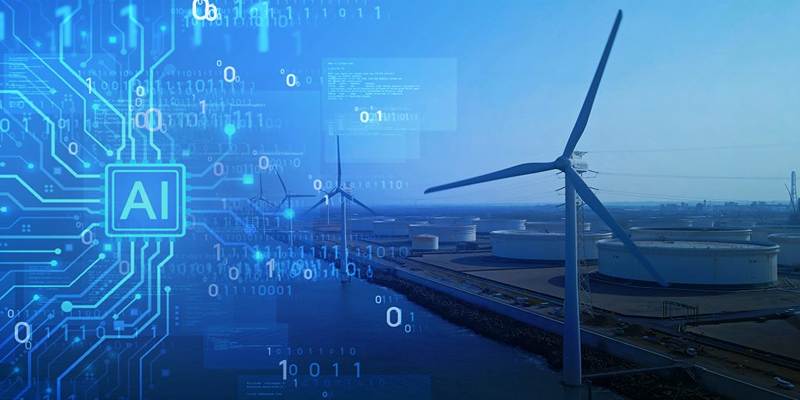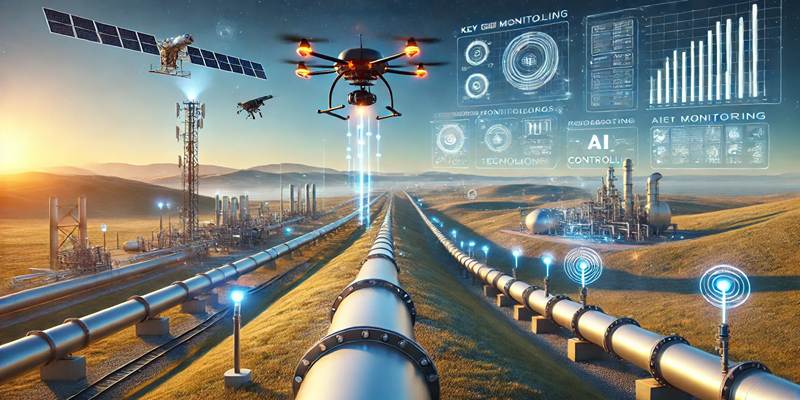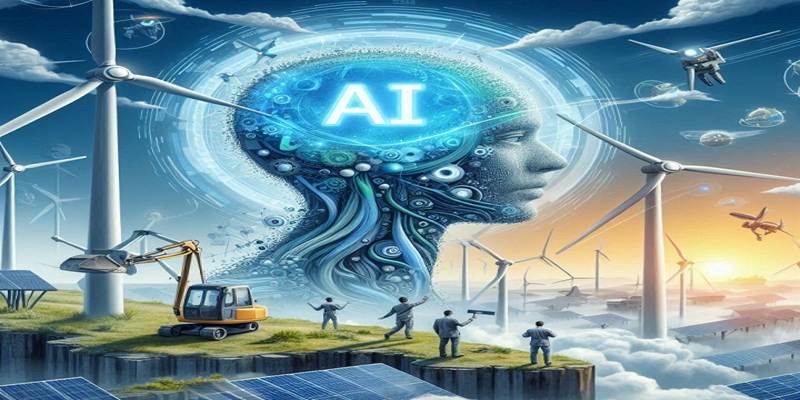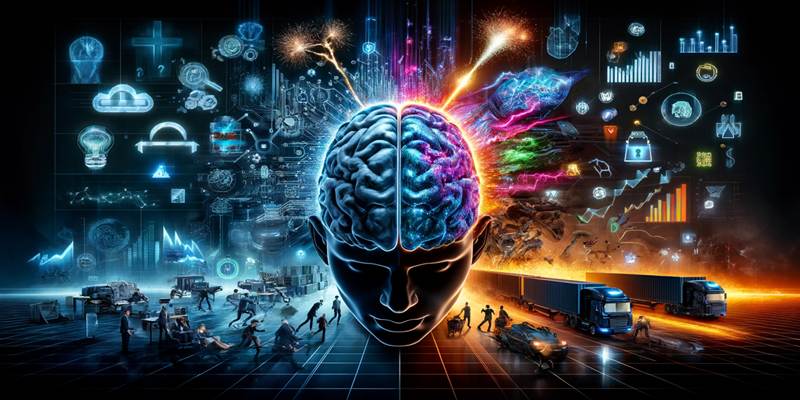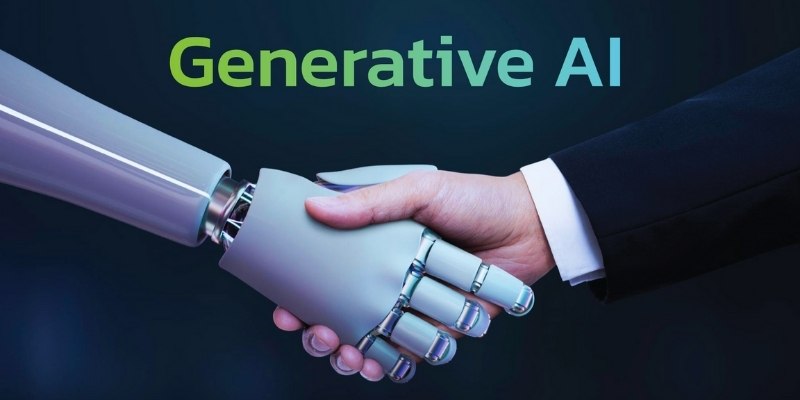Generative artificial intelligence has altered people's creation of information, design visuals, and interactions with technology. From creating realistic photographs to drafting papers, AI-powered tools simplify and accelerate chores. These technologies help companies, artists, and authors increase production and stimulate originality. But you have to know important words if you are going to grasp Generative AI.
Though they sound complicated, terms like machine learning, deep learning, neural networks, and GPT are fundamental in the evolution of artificial intelligence. Knowing these ideas will enable you to apply artificial intelligence efficiently regardless of your experience level. The most significant terms in this article are broken out in straightforward language. You will know at the end exactly how artificial intelligence generates text, graphics, and voice.
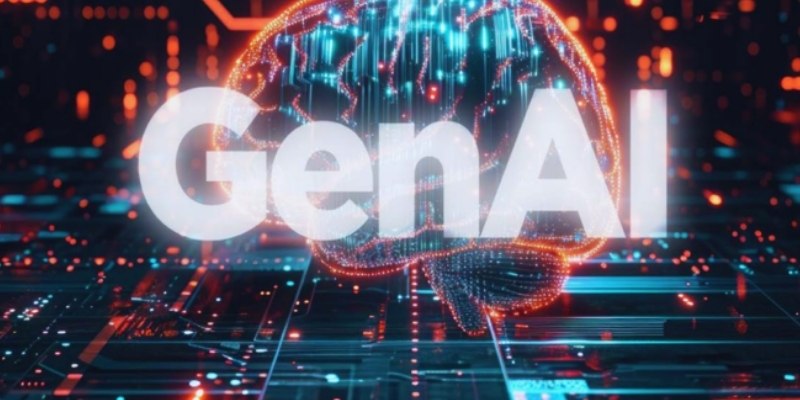
Essential Terms in Generative AI
The most important terms in Generative AI are explained to help you understand their meaning and applications:
Artificial Intelligence (AI)
In computer science, artificial intelligence—or AI—is a vast discipline that lets machines replicate human intelligence. Artificial intelligence systems can identify trends and make choices based on the data they evaluate. Artificial intelligence aims to produce machines capable of completing jobs usually requiring human intelligence, including learning, decision-making, and problem-solving. Different categories of artificial intelligence separate themselves depending on their capacity. Designed for certain tasks like virtual assistants or recommendation systems, narrow artificial intelligence—also known as weak AI—also emphasizes limited capabilities.
Machine Learning (ML)
Within artificial intelligence, machine learning (ML) is a subset wherein computers may learn from data without explicit programming. ML systems examine data patterns to generate predictions or conclusions rather than mindlessly obeying exact instructions. The more suited the system is for its work, the more data it handles.
Main types of machine learning are three:
- Supervised Learning: Supervised learning involves training on labeled data, meaning the input arrives with known accurate outputs. Medical diagnosis systems and spam filters find this valuable.
- Unsupervised Learning: Unsupervised learning is the system's ability to identify trends in data devoid of predefined labels. Customer segmentation and anomaly detection are both frequently used.
- Reinforcement Learning: Reinforcement learning is a method by which the system learns by trial and error under reward for successful behaviors. Robotics and artificial intelligence game-play use this.

Deep Learning
Deep learning is a shape of machine learning whereby multiple-layer neural networks enable data processing. It lets artificial intelligence systems identify intricate patterns in vast databases by simulating how human brains absorb data. Deep learning excels in picture recognition, language translation, and speech processing jobs. Deep learning algorithms, for instance, may highly accurately identify spoken words or separate between several objects in a picture. These models learn from fresh data, improving over time as they handle enormous amounts of information.
Neural Networks
Deep learning derives from neural networks. Layers of linked neurons—neurons—that process and evaluate data makeup them. These networks let artificial intelligence learn and make difficult judgments by mimicking the operation of human neurons. Three primary layers define a neural network: Raw data—text or images—is received in the input layer. Mathematical procedures help to find trends in the data through hidden layers. The output layer creates the ultimate product, say a created text or image. AI models such as GPT and DALL-E use neural networks to create creative content and responses akin to human nature.
Large Language Models (LLMs)
Large Language Models (LLMs) are artificial intelligence models developed based on text data. These models respond meaningfully depending on circumstances and grasp human language. The natural and accurate output of the model increases with increasing dataset size. Among popular LLMs are T5, BERT, and ChatGPT. These models find utility in chatbots, automated writing helpers, and language translating systems. LLMs have changed how companies engage with consumers by allowing more natural and intelligent dialogues. One of the benefits of LLMs is that they can create excellent text depending on less data.
Natural Language Processing
Natural language processing(NLP) is a subfield of AI that enables computer interpretation of human discourse. NLP helps artificial intelligence systems understand text, identify speech, and provide answers similar to those of humans. Artificial intelligence depends on NLP to produce realistic writing, answer queries, and summarize data. AI-generated content devoid of NLP would lack coherence and relevancy.
Generative Pre-trained Transformer (GPT)
Among the most sophisticated artificial intelligence models for natural language synthesis is the generative pre-trained transformer (GPT). OpenAI-designed GPT models predict the next word depending on context, producing human-like language using deep learning. A popular GPT model is ChatGPT, which is extensively applied for coding support, content creation, and chatbots. GPT-based artificial intelligence's success has changed how companies create text-based content and automate consumer contacts.
Transformer Models
Transformer models are artificial intelligence structures meant for text sequence processing. They enable artificial intelligence to grasp language than earlier versions. Unlike conventional models, transformers handle whole words simultaneously, enhancing speed and accuracy. Transformer architectures are the foundation of the GPT series and BERT. Better text production, translation, and summarizing made possible by transformers have transformed artificial intelligence. Most contemporary Generative AI systems now build their basis on these models.
Text-to-Text Models
New text produced by text-to-text models depends on input text. They support rewriting, summarizing, and question responding. These models raise data analysis and content generation automation levels. Among text-to-text models are BERT, T5, and ChatGPT. These artificial intelligence algorithms help companies create marketing text, rewrite materials, and automate customer support responses. Artificial intelligence has revolutionized many sectors by cutting the time required to produce written material. These resources help writers, companies, and teachers be more creative and efficient.
Conclusion:
Generative artificial intelligence is changing automation, communication, and content production. Knowing important words like machine learning, deep learning, and neural networks allows one to appreciate how artificial intelligence creates sounds, images, and text. These technologies enable solutions, including ChatGPT, DALL-E, and NLP-based assistants, simplifying and accelerating chores. Keeping current with big language and transformer models will be crucial as artificial intelligence develops. AI-driven tools are shining the future for research, creativity, and industry as well as for. Learning these terminologies will help you better use and negotiate Generative AI, hence keeping ahead in this fast-developing field.
